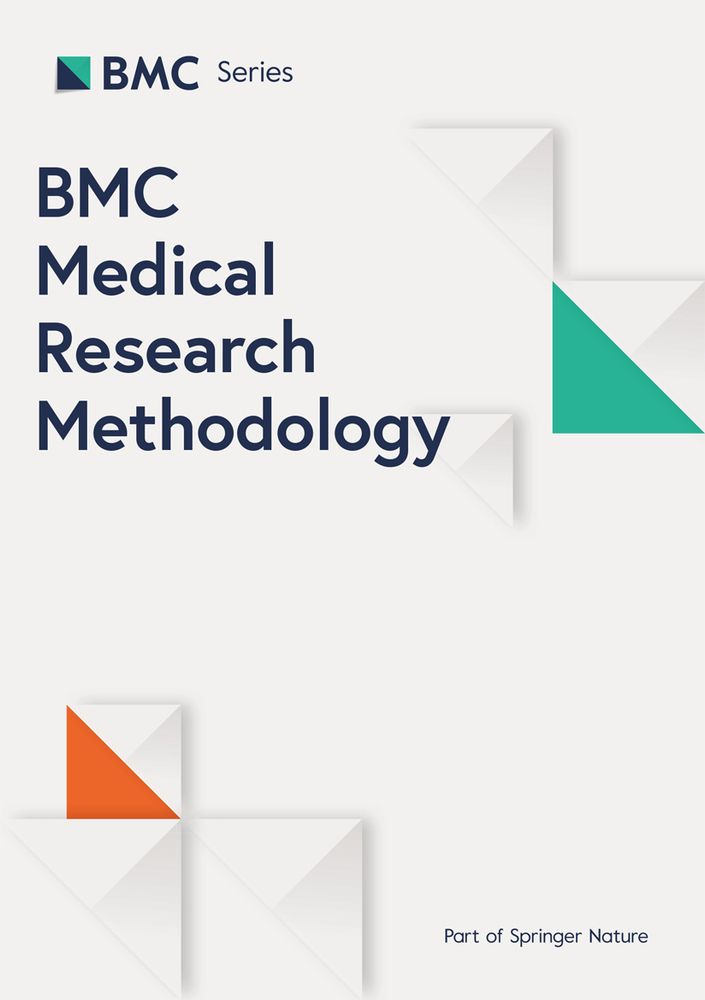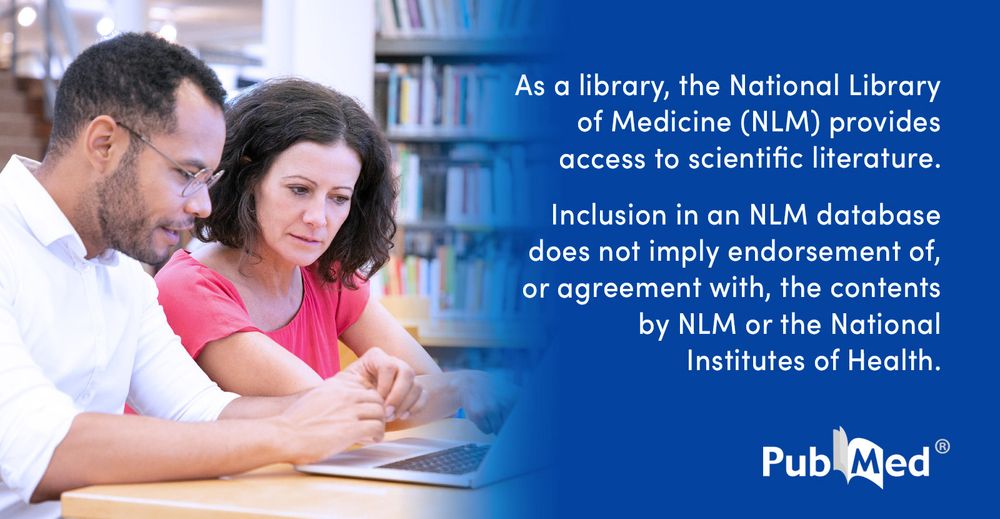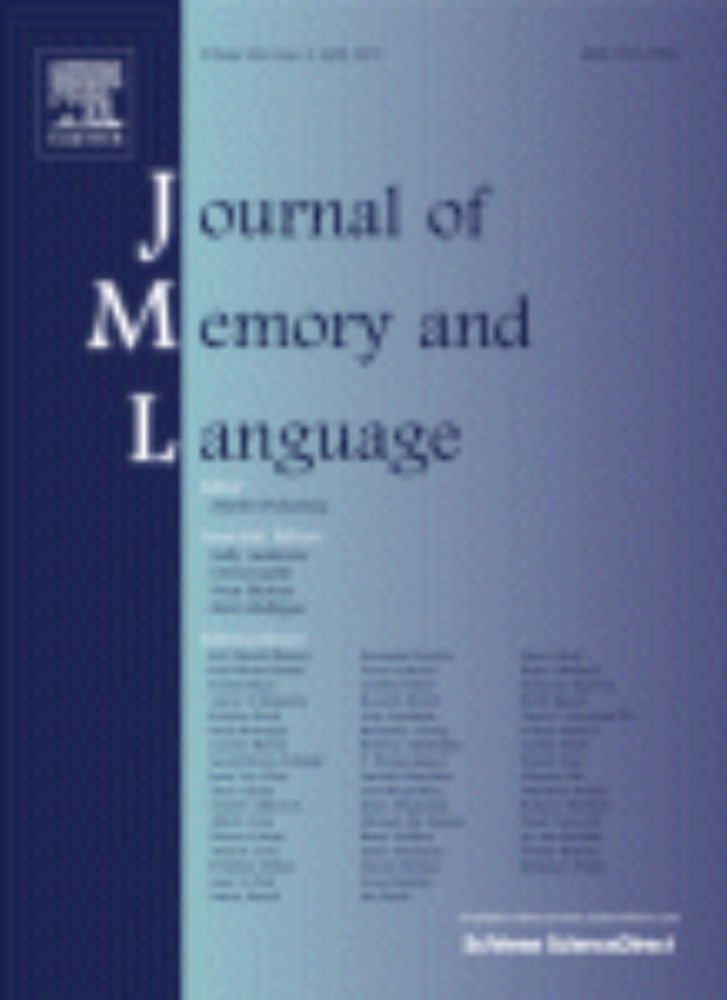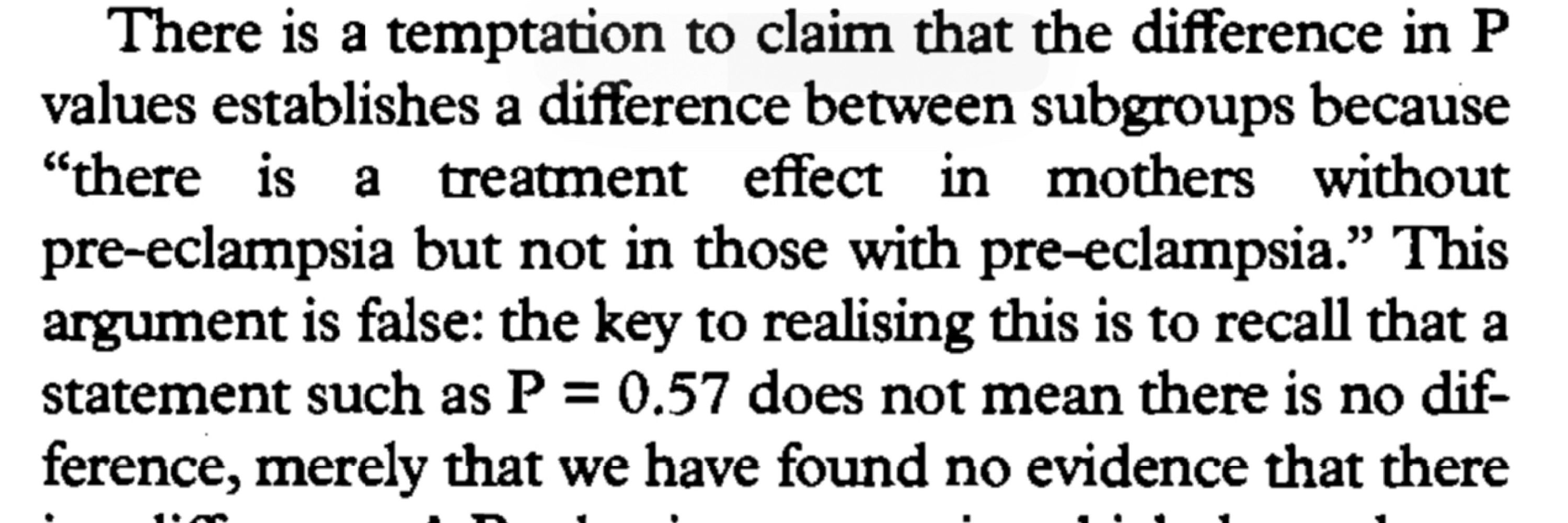
Can you please fix the lack of abstracts in MEDLINE meta-data for your articles in "Methods and Reporting"?
We include many of them in the open-access @lightsdatabase.bsky.social but searchability isn't great without abstracts. Extracting abstracts from PDFs is not feasible. Thanks!

Can you please fix the lack of abstracts in MEDLINE meta-data for your articles in "Methods and Reporting"?
We include many of them in the open-access @lightsdatabase.bsky.social but searchability isn't great without abstracts. Extracting abstracts from PDFs is not feasible. Thanks!

—> www.bmj.com/content/389/...
#openscience #transparency #medsky #statssky #episky
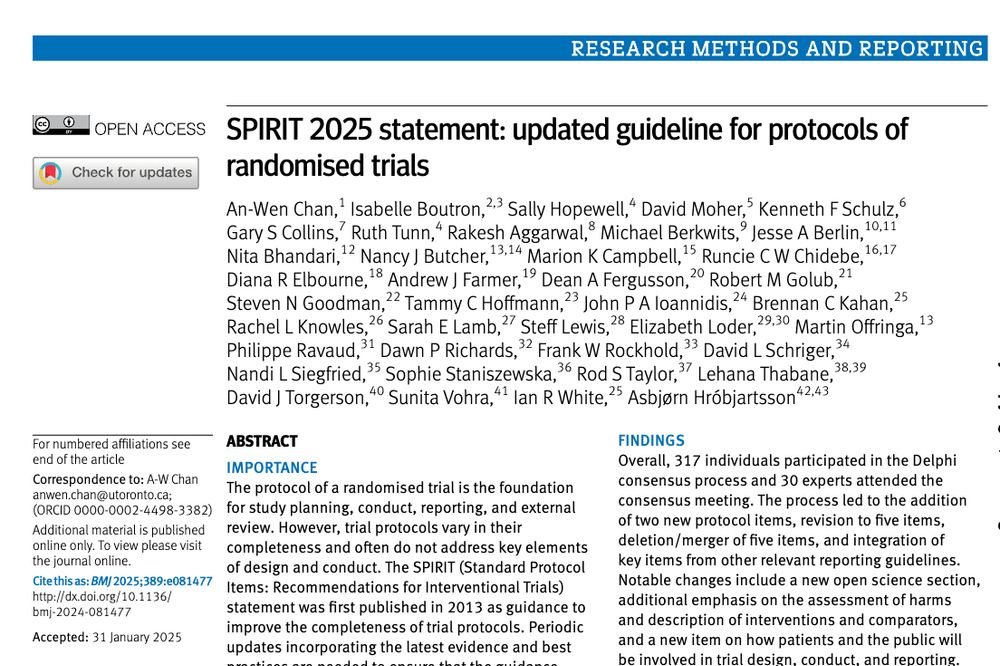
—> www.bmj.com/content/389/...
#openscience #transparency #medsky #statssky #episky
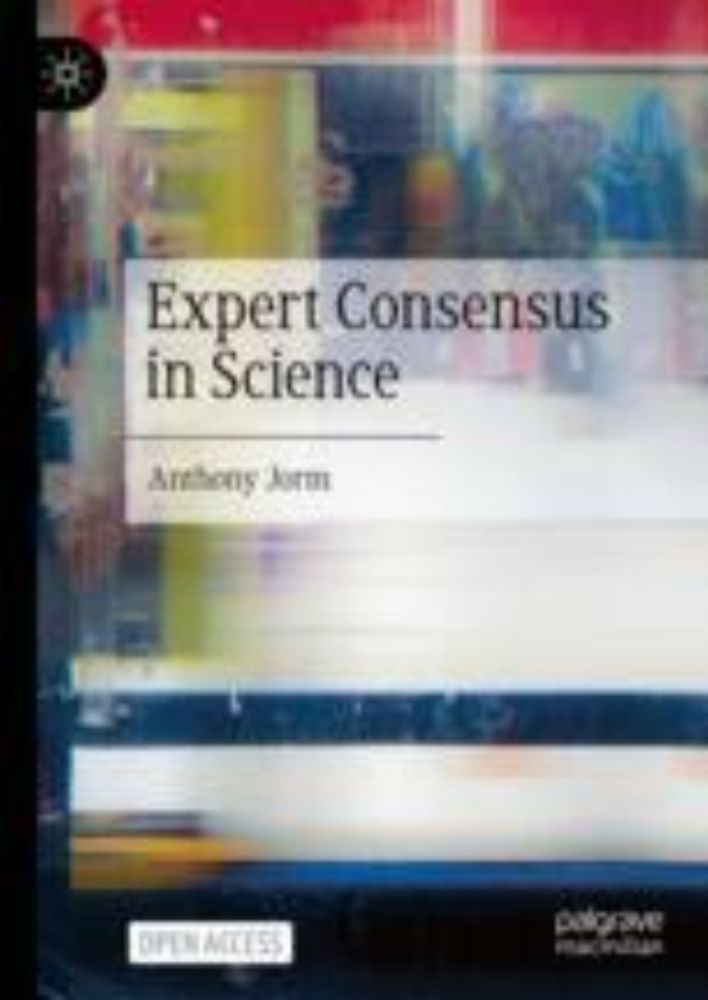

🔖 Bookmark the updated methodology: jbi-global-wiki.refined.site/space/MANUAL...
#JBImethodology

🔖 Bookmark the updated methodology: jbi-global-wiki.refined.site/space/MANUAL...
#JBImethodology
www.bmj.com/content/388/...
#StatsSky #MLSky #AI #MethodologyMatters
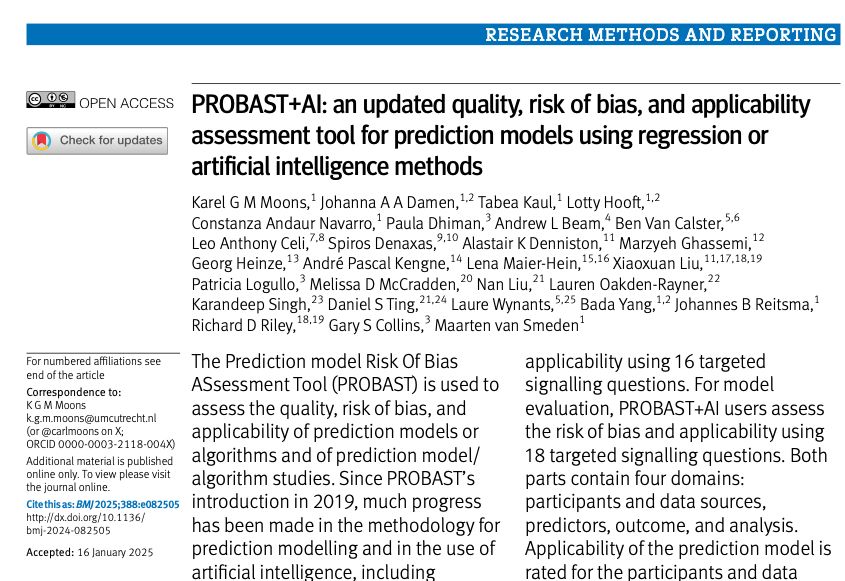
www.bmj.com/content/388/...
#StatsSky #MLSky #AI #MethodologyMatters
A new tool allows users to assess risk of bias of RCTs included in systematic reviews in a user friendly way
www.bmj.com/content/388/...

A new tool allows users to assess risk of bias of RCTs included in systematic reviews in a user friendly way
www.bmj.com/content/388/...
If you have never found the time to read up on this, now is your chance.
www.the100.ci/2025/03/20/r...

If you have never found the time to read up on this, now is your chance.
www.the100.ci/2025/03/20/r...
Each term includes a link to LIGHTS. Suggestions are welcome!
loterre.istex.fr/Theremy/en/
#LOTERRE
Each term includes a link to LIGHTS. Suggestions are welcome!
loterre.istex.fr/Theremy/en/
#LOTERRE
#MethodologyMonday #113
#MethodologyMonday #113
In a new paper, we explain why and when the #TargetTrial framework is helpful.
www.acpjournals.org/doi/10.7326/...
Joint work with my colleagues @causalab.bsky.social
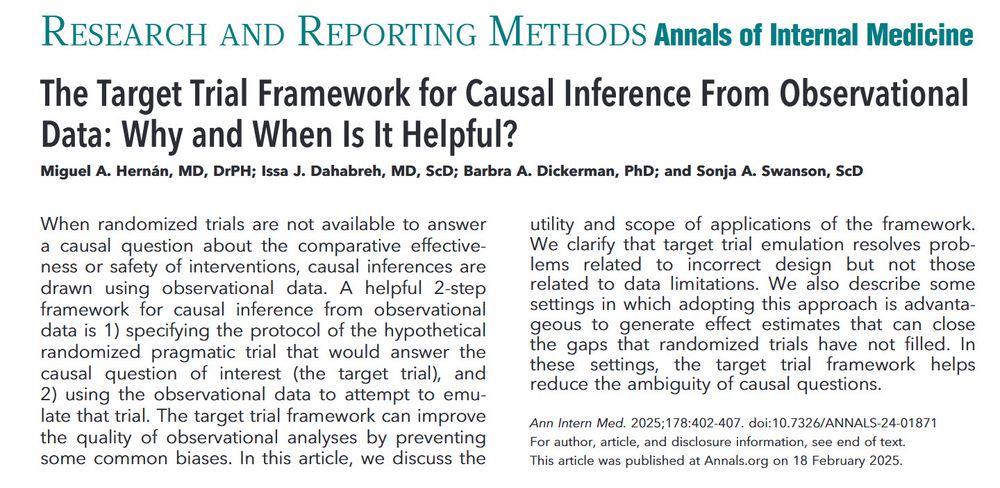
In a new paper, we explain why and when the #TargetTrial framework is helpful.
www.acpjournals.org/doi/10.7326/...
Joint work with my colleagues @causalab.bsky.social
flowingdata.com/projects/dis...

flowingdata.com/projects/dis...
👇This new paper provides insight into uncertainty of risk estimate on decision making
www.bmj.com/content/388/...
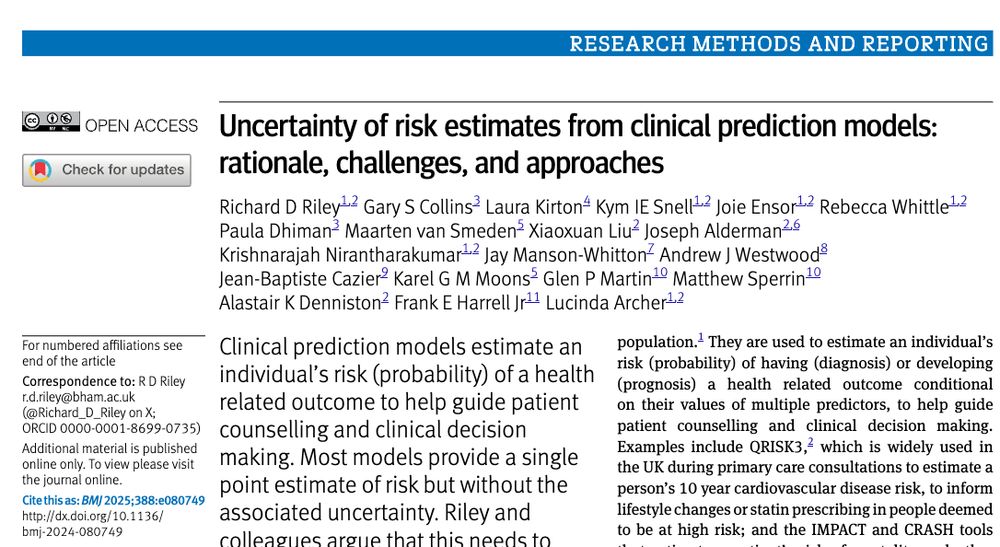
👇This new paper provides insight into uncertainty of risk estimate on decision making
www.bmj.com/content/388/...
Read now👇
https://buff.ly/4jJtGOW
@matteoq21.bsky.social @suziecro.bsky.social
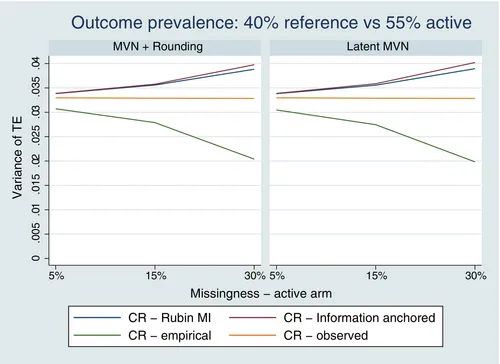
Read now👇
https://buff.ly/4jJtGOW
@matteoq21.bsky.social @suziecro.bsky.social
It includes:
-examples of how to report factorial trials
-a methodology summary around the design/conduct/analysis of these trials
www.bmj.com/content/388/...
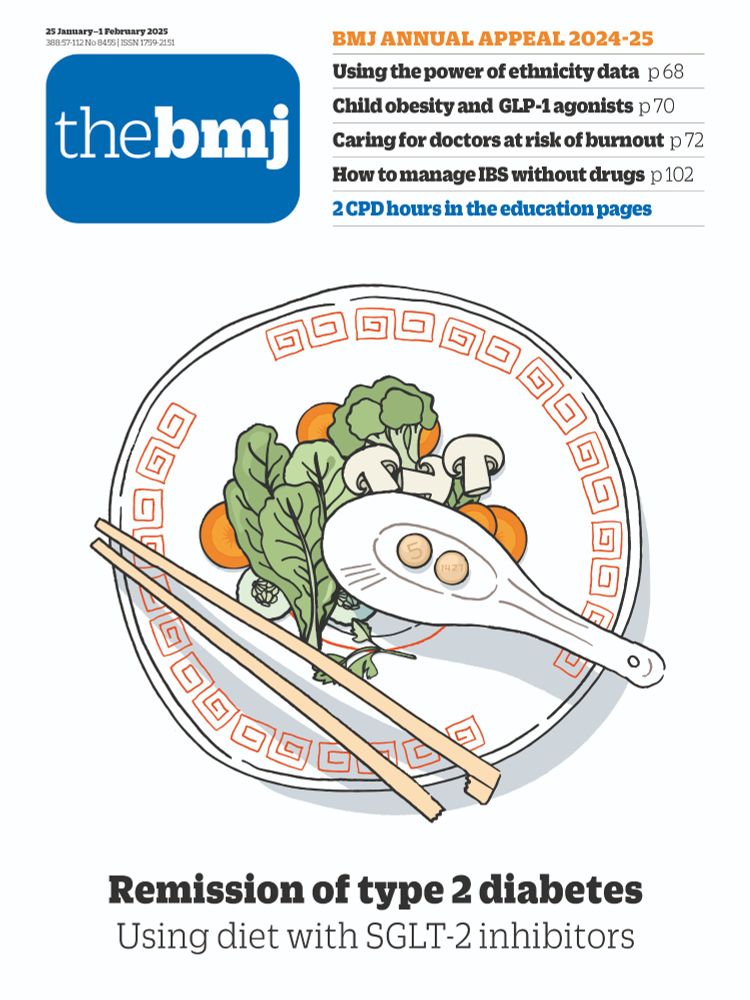
It includes:
-examples of how to report factorial trials
-a methodology summary around the design/conduct/analysis of these trials
www.bmj.com/content/388/...
🔹️ Myth 1: Power is an objective feature
🔹️ Myth 2: With low power comes low credibility
🔹️ Myth 3: High power protects against questionable research practices
BSky author: @clauslamm.bsky.social

🔹️ Myth 1: Power is an objective feature
🔹️ Myth 2: With low power comes low credibility
🔹️ Myth 3: High power protects against questionable research practices
BSky author: @clauslamm.bsky.social
onlinelibrary.wiley.com/doi/10.1002/...

onlinelibrary.wiley.com/doi/10.1002/...
#MethodologyMonday #109
#MethodologyMonday #109
www.bmj.com/content/388/...
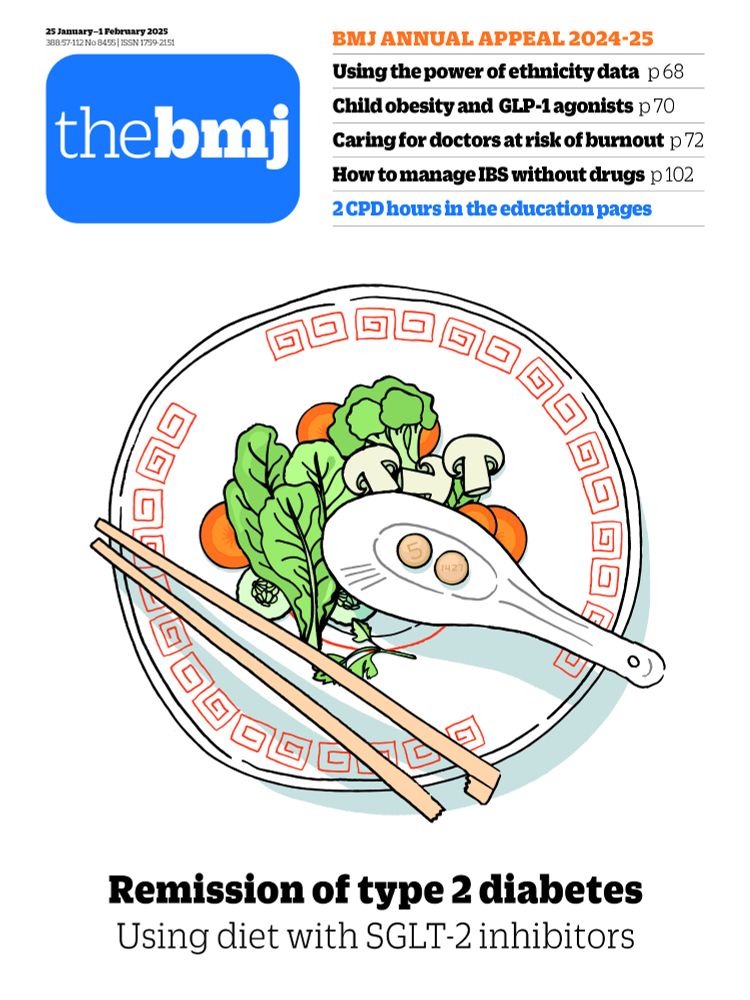
www.bmj.com/content/388/...
statmodeling.stat.columbia.edu/2025/01/23/s...
statmodeling.stat.columbia.edu/2025/01/23/s...


